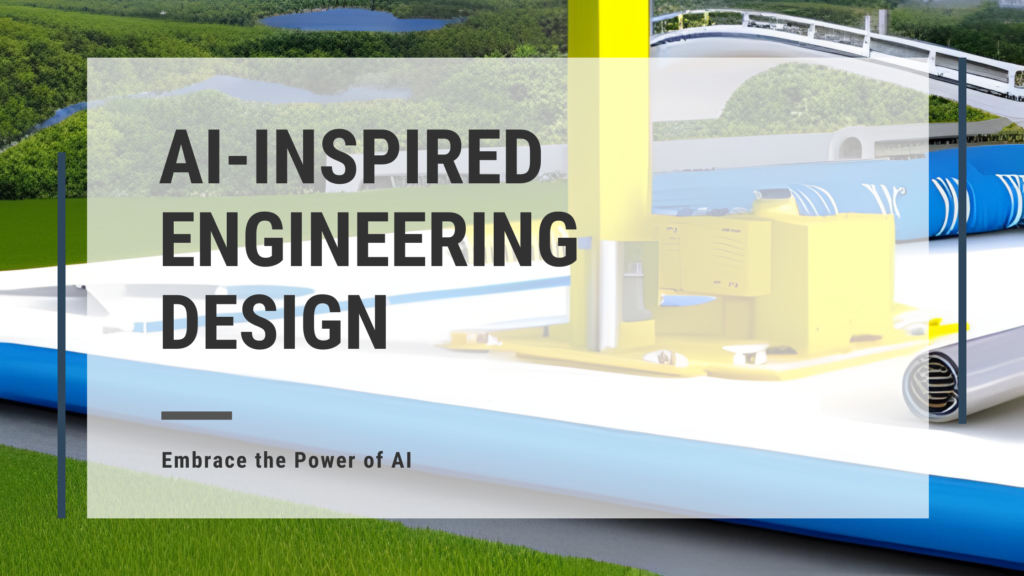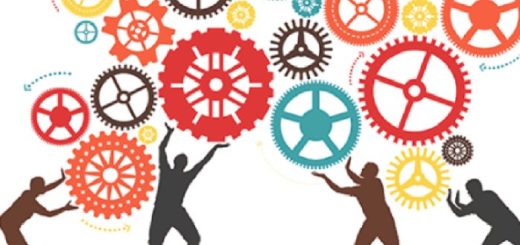AI in Engineering Design: Get Help and Stay Inspired
Table of Contents:
- Drafting and Documentation
- AI Role in Simulation Setup
- Standardisation and Compliance Checks
- Bill of Materials (BOM) Generation
2. Integrating IoT in Engineering Design
3. Revit and AI-powered Design:
Artificial Intelligence(AI) elicits a mixed reaction among engineering design professionals as it does among the knowledge workers of other fields where it has made inroads.
While this disruptive technology has made significant progress and brought numerous benefits to engineering design, there are also concerns, challenges, and differing opinions surrounding AI’s implementation and implications.
At CADD Centre, we believe that AI can serve as both your assistant and master. It acts as an assistant by handling repetitive design tasks with precision and accuracy, reducing errors and saving you valuable time.
Simultaneously, it acts as a master by generating inspiring designs that expand your horizons and teach you what is achievable in your field of expertise.
AI is here to assist you
In engineering design, there are several repetitive tasks that can benefit from automation through AI. Some examples of such tasks include:
Drafting and Documentation:
Creating detailed engineering drawings, including dimensioning, annotation, and documentation, can be time-consuming and repetitive.
AI can assist you in automating the generation of standardized drawings, reducing the manual effort required.
The technology can explore design spaces that are difficult and time-consuming for you to do so manually.
For instance, it can consider a large number of variables, complex geometries, and intricate relationships between design parameters, and suggest options.
AI Role in Simulation Setup:
Preparing and setting up simulations for various engineering analyses, such as structural analysis, fluid dynamics, or thermal simulations, can involve repetitive steps.
AI can automate simulation setup processes, including meshing, boundary condition assignment, and material property input.
It can help you predict the behavior of complex systems, analyze structural integrity, fluid dynamics, thermal properties, and more.
Standardisation and Compliance Checks:
Ensuring compliance with design standards, regulations, and industry-specific requirements often involves repetitive checks.
AI can assist in automating these checks, verifying design compliance, and flagging potential deviations or non-compliant elements.
It can verify design integrity, such as checking for interference, clash detection, or assembly constraints.
Bill of Materials (BOM) Generation:
Compiling accurate and detailed BOMs for complex products or systems can be a repetitive task.
AI can help you automate the generation of BOMs by analyzing the design and extracting relevant information from the 3D model or design documentation.
By automating these repetitive design tasks, you can focus more on higher-level activities such as conceptualization, innovation, and critical decision-making, and increase your productivity and efficiency in your career.
Integrating IoT in Engineering Design:
Incorporating the Internet of Things (IoT) concept into engineering design can revolutionize the way products and systems are conceived, developed, and operated.
IoT refers to the network of interconnected devices and sensors that collect and exchange data, enabling real-time monitoring, control, and analysis.
Here’s how AI and IoT can work together in engineering design:
-
Smart Sensing and Data Collection:
- IoT devices and sensors can be embedded in products and structures to collect data on their performance, usage, and environmental conditions.
- AI can then process this data, providing valuable insights into the behavior and health of the designed systems.
- This real-time feedback loop can lead to more informed design decisions and proactive maintenance strategies.
-
Predictive Maintenance:
- AI can analyze data from IoT-enabled devices to predict when maintenance is required or when components are likely to fail.
- By integrating these insights into the design process, engineers can create more reliable and durable products, minimizing downtime and maintenance costs.
-
Performance Optimization:
- IoT data can be used to monitor the performance of products and systems in real-world conditions.
- AI can analyze this data to identify areas for improvement, enabling engineers to optimize the design and enhance efficiency, safety, and functionality.
Revit and AI-powered Design:
Revit, a Building Information Modeling (BIM) software developed by Autodesk, has become an essential tool in the architecture, engineering, and construction industries.
When combined with AI-powered design capabilities, Revit becomes even more powerful and versatile:
-
Automated Parametric Design:
- Revit, with AI integration, can generate parametric designs based on specific input parameters and constraints.
- The software can automatically create and modify design iterations, allowing engineers to explore various possibilities and optimize their designs efficiently.
-
Energy Analysis and Optimization:
- By leveraging AI algorithms, Revit can perform energy analysis and optimization on building designs.
- It can suggest energy-efficient solutions and help engineers meet sustainability and regulatory requirements.
-
Enhanced Collaboration:
- IoT devices and sensors can be incorporated into building designs through Revit’s BIM capabilities.
- This integration allows for better collaboration between architects, engineers, and other stakeholders throughout the design, construction, and operation phases of a building.
AI is here to inspire you
AI’s generative design is a cutting-edge approach to engineering design that enables you to explore a vast design space and generate optimized solutions.
You can move beyond traditional design methods, leveraging computational power and machine learning techniques, and discover innovative and efficient designs.
Some of the ways AI can “wow” you are:
-
Guided design:
- AI can also guide you in the design process, offering recommendations, providing design rules, and assisting in decision-making – all based on documented engineering knowledge and best practices.
-
Generative design:
- AI can generate multiple designs based on your design requirements and the constraints you define, such as structural integrity, material properties, manufacturing limitations, and cost considerations.
- You can define multiple criteria, such as weight reduction, structural strength, material usage, cost minimization, or performance improvement.
- The algorithm then generates designs that strike a balance between these competing objectives, creating trade-off solutions effectively.
-
Iterative design:
- AI uses computational techniques, such as evolutionary algorithms, genetic algorithms, or machine learning, to generate designs.
- However, these designs serve only as starting points for further refinement and customization.
- You can review the generated design alternatives and select those that best meet the desired objectives and constraints.
- You can also let the technology iteratively modify and optimize the chosen designs based on your expertise, your feedback, and additional constraints.
Generative design can provide you with fresh design perspectives and inspire innovative solutions.
By exploring unconventional design options, AI challenges traditional design approaches and pushes the boundaries of what is considered feasible or optimal.
This can lead to breakthrough designs that are more efficient, lightweight, structurally sound, and visually striking.
To sum up, AI and IoT are not meant to replace engineering design professionals but rather to augment their creativity and expertise.
You will continue to play a critical role in setting design objectives, evaluating design iterations, interpreting results, and incorporating domain knowledge into the process.
The collaboration between AI, IoT, and human experts can lead to synergistic outcomes, combining the power of computational analysis and human ingenuity.
Hence, AI and IoT are here to relieve you of digital drudgery and to inspire you to be more creative.
What more can you ask for?




